"China and Africa have long been friendly and share weal and woe. Both sides are sincere partners on the road of development and natural allies in international affairs. China's development will bring more opportunities to Africa, and Africa's development will add impetus to China's development." General Secretary Xi Jinping pointed out during his talks with Macky Sall, President of Senegal.
Over the years, China has been friendly with African countries. The proposal of the Belt and Road Initiative (BRI) has guided Chinese mining enterprises. More and more Chinese mining enterprises have "gone global" and seek new development paths. Before going to Africa for mining investment cooperation, do you know enough about the cooperation environment of the countries you want to invest in? How is the political, economic, and socio-cultural environment there? What are the laws and regulations on investment cooperation? Which industries are suitable for investment cooperation? How to go through the relevant audit procedures? Today, the mining laws and policies of the following countries are sorted out for you.
South Africa
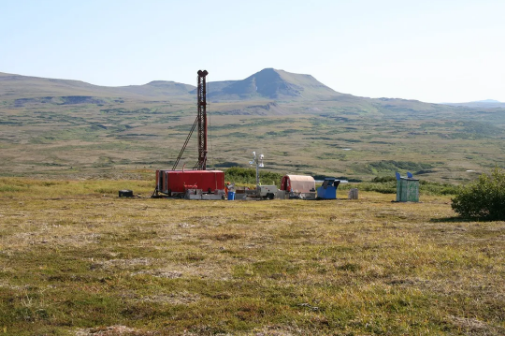
Rich in mineral resources, South Africa is one of the five countries with the most mineral resources in the world. More than 70 kinds of minerals have been proved and mined. The reserves of platinum group metals, fluorspar, and chromium rank first in the world; the reserves of gold, vanadium, manganese, and zirconium rank second in the world; the reserves of titanium rank fourth in the world; the reserves of phosphate ore, uranium, lead, and antimony rank fifth in the world; the reserves of coal and zinc rank eighth in the world; the reserves of copper rank ninth in the world.
South Africa’s New Mining Charter 2017 forces mining companies to hand over at least 30% of their shares to black people, and companies with more than 50% black ownership have prospecting rights. Some analysts said that although the mining sector needs to be transformed, forcing mining companies to weaken property rights may have a reverse effect. Peter Attard Montalto, a research analyst at Nomura Securities, once said that after the promulgation of South Africa’s New Mining Charter in 2017, investors will have greater uncertainty about mining investments. If the South African government implements the Charter in a hurry and does not conduct proper consultation on it, the Charter will become vague and unclear. He also mentioned that the South African government has not yet started the equity conversion, but has moved ahead with anti-investor policies. The South African Chamber of Mines, which represents mining companies, said it would challenge the Charter in court and dispute the lack of discussion before the Charter was introduced. In 2018, the Department of Trade, Industry and Competition of South Africa issued a new version of the Black Economic Empowerment (BEE), which requires that the equity of black people in a company should be at least 30% (previously 25%), the equity of black people in companies that newly applied for prospecting rights should be more than 50%, the board of directors of the company should be 50% South Africans, and 75% of the company's procurement personnel must be black people.
Congo (DRC)
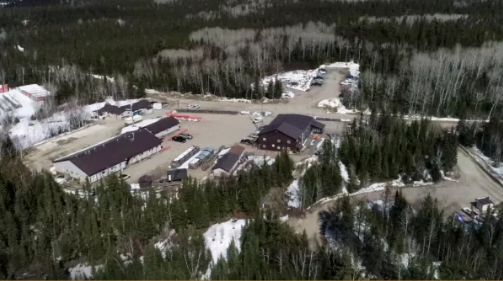
Congo (DRC) is rich in mineral resources with a wide range of types, known as the "World Geological Museum", "World Raw Material Warehouse", "Gem in Central Africa", and "Geological Miracle". Its mineral resources include oil, coal, uranium, and other energy minerals, of which copper, cobalt, zinc, manganese, tin, tantalum, germanium, tungsten, cadmium, nickel, chromium, and other metals and industrial diamond reserves are considerable.
In 2018, Congo (DRC) promulgated a New Mining Code, which increased the mining royalty rates of all minerals. The New Mining Code mainly affects the tax rate of large mines, while the original 10% lump sum mining tax rate is still used for small mines and hand-held mines. For large mines, if the mining tax rate of copper and cobalt increases from 2% to 3.5%, it will increase the cost by USD 7100 per ton (excluding VAT) referring to the current price of USD 40/pound. For small mines, the New Mining Code does not adjust the tax rate, and still adopts a single tax system according to the tax law of 2003, with a single tax of 10% of sales. The tax rate on strategic metals such as cobalt has risen from 2% to 10%, and a 50% tax on excess profits has been imposed. If the windfall profit tax is levied subsequently, it will increase the cost by USD 50,000 per ton (excluding VAT) assuming that the full cost of large mines is USD 300,000/ton.
Zambia
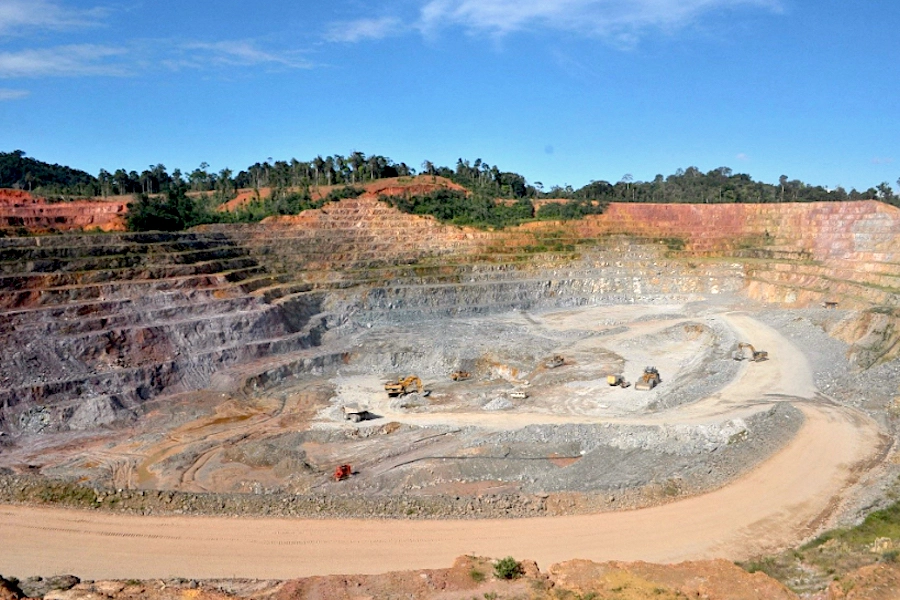
Zambia, rich in copper and cobalt, is the fourth largest copper producer and the second-largest cobalt producer in the world. The two metals account for about 70 % of Zambia's export earnings. As a big mining country, Zambia's legal system affecting minerals and mining is worthy of attention.
Zambia implements the mining rights license system, and the bill stipulates the following forms of mining rights: these certificates and licenses include exploration license, large-scale mining license, exploration license, small-scale mining license, and artisan mining right. At the same time, the bill stipulates two kinds of non-mining rights: mineral processing license and gemstone sales certificate.
In particular, the validity period of the exploration license is generally two years, and the applicant of a large-scale mining license should bear the cost and hire relevant institutions to issue an environmental impact assessment report. The term of a small-scale mining license shall not exceed 10 years. The term of the artisan mining license is 2 years, and the holder can apply for an extension of 2 years.
In 2018, Zambia increased its mining tax to control its debt. The mining industry accounts for more than 70% of Zambia's foreign exchange earnings. In order to reduce the rising debt, the Zambian government increased the mining royalty rate by 1.5% on the basis of 4%-6%. If the copper price exceeds USD 7500/ton, the tax rate will be increased to 10%. The mining industry accounts for more than 70% of Zambia's foreign exchange earnings. It is reported that affected by the COVID-19 pandemic, Zambia's mining sector cracked down on tax avoidance in July, and the Ministry of Mines and Minerals Development collected ore samples from major mining areas to prevent mining companies from avoiding tax by falsely reporting ore grades. This means that Zambia will no longer accept samples submitted by exporters themselves.
Namibia
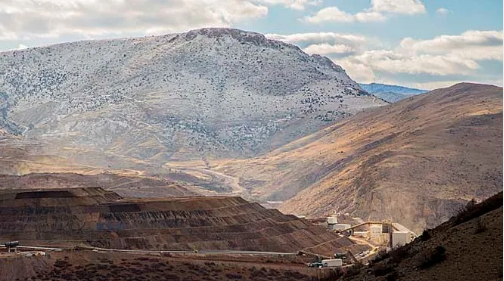
Namibia is rich in mineral resources due to its complex geology, among which the most important minerals are diamond, uranium, copper, lead, zinc, and gold.
Namibia requires environmental assessment of mineral exploration and development investment. After an enterprise obtains an Exclusive Prospecting License (EPL) in Namibia, it must apply to the Ministry of Environment and Tourism of Namibia for an exploration environmental protection license as soon as possible. The specific procedure is that the enterprise can obtain the environmental protection license after 1-3 months after submitting the environmental protection inquiry form (which can be obtained from the Ministry of Environment and Tourism) and the copy of EPL to the Ministry of Environment and Tourism, and the application fee is about NAD 100.
Guinea
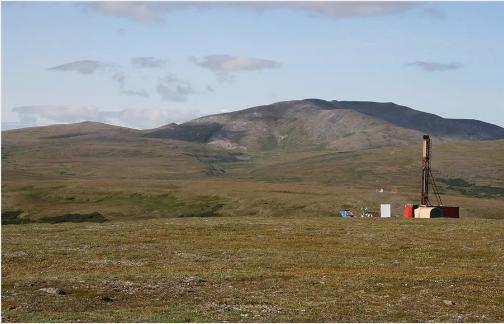
Guinea is located in the west of Africa, rich in resources, known as the "Geological Miracle". Among them, Guinea's bauxite reserves are about 41 billion tons, of which 29 billion tons have been proved, accounting for 37% - 68% of the world's proven reserves, ranking first in the world. The reserves of iron ore, gold, and diamonds are also relatively large and of high grade. In addition, Guinea also has copper, uranium, cobalt, lead, and zinc, and oil has been found on its coastal continental shelf.
On April 9, 2013, the Guinean government approved the amendment to the New Mining Code, aiming to establish a more flexible tax system, achieve a win-win situation in mining development, make mining development in Guinea more attractive and competitive, and play a driving role in economic development.
The amendments include: reducing the resource tax from USD 11 to USD 13 per ton of raw ore to about USD 4; reducing the income tax of mining enterprises from 35% to 30%; reducing the customs tax on imported mining equipment from 6% to 5%; and reducing the export tax from 8% to 6.5%. In addition, considering the investment concerns of mining enterprises, the exploration area specified in the exploration license has also been adjusted to encourage mining and avoid resource freezing. The exploration area of bauxite and iron ore with a single exploration license has increased from 350 square kilometers to 500 square kilometers, and other mines have increased from 50 square kilometers to 100 square kilometers; the minimum investment in aluminum and iron ore projects has decreased from USD 1 billion to USD 500 million. Besides, the relevant regulations on employing local staff and helping local development have been strengthened.
Ghana
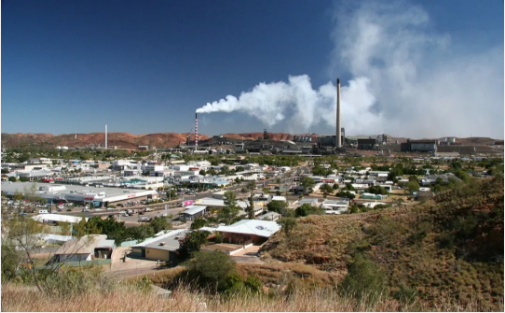
Ghana is one of the countries with the richest mineral resources, especially gold resources in the African continent, known as the "Gold Coast". Mining industry is the most important economic sector in Ghana, and gold industry is its pillar. Gold is the main export mineral product of Ghana, accounting for about 35% of Ghana's total exports. Although Ghana has a small land area, it has become the second-largest gold producer in Africa after South Africa.
In November 2015, Ghana's parliament passed the Minerals and Mining (Amendment) Act. Compared with the Minerals and Mining Act of Ghana promulgated in 2006, the Minerals and Mining (Amendment) Act 2015 significantly increases the punishment for illegal gold mining. Foreigners engaged in illegal gold mining will be sentenced to confiscation of mining equipment, a fine of GHC 360,000-3.6 million (about RMB 600,000-6 million), and imprisonment of no more than 20 years. Ghanaians who employ foreigners or cooperate with foreigners in illegal gold mining will also be fined up to GHC 204,000 and sentenced to imprisonment of no more than 10 years. Those who illegally trade gold without authorization will be fined up to GHC 36,000 and sentenced to imprisonment of no more than five years. Any person involved in the above-mentioned illegal acts will be punished regardless of whether he knows the law or whether he violates the law intentionally or unintentionally.
Zimbabwe
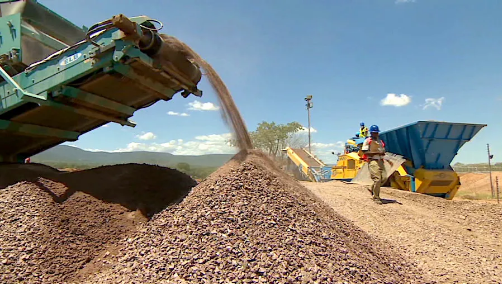
Zimbabwe is rich in mineral resources. It is roughly estimated that there are more than 80 kinds of mineral resources, and more than 40 kinds have been basically proved. Zimbabwe's main minerals are diamonds, platinum, chromium, gold, iron, coal, nickel, copper, zinc, and lead. Industrial minerals include limestone, phosphate, clay, and dolomite. In addition, the newly proved biogas reserves are also extremely rich. According to preliminary exploration and estimation, Zimbabwe's platinum reserves rank second in the world, chrome reserves rank second in the world, iron ore reserves are about 38 billion tons, coal reserves are 27 billion tons, and coalbed methane reserves are 500 million cubic meters. In 2001, a diamond mine with abundant reserves was discovered in Zimbabwe. Preliminary exploration results show that the diamond reserves of Zimbabwe rank first in the world.
Prospecting in Zimbabwe requires authorization. Enterprises need to obtain a prospecting license and mining license before they can carry out exploration in Zimbabwe. These prospecting licenses are issued upon payment to the commissioner of mines of the appropriate fee specified in each such license. The holder may exercise the rights specified in these licenses or appoint an agent to exercise them on his behalf. The mining license is valid for two years. The prospecting license is valid for two years. Amendments to the Indigenisation and Economic Empowerment Act of 2018 allows foreign entities to have 100% mining rights, with the exception of platinum and diamonds.
In an effort to encourage mining, according to the relevant regulations, the government of Zimbabwe is to revoke mining rights for diamonds, platinum metals, and chromium deposits that have not been mined for a long time.
Cameroon
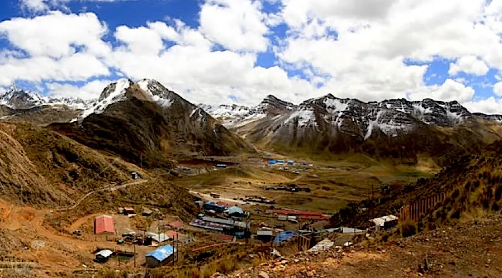
Cameroon is known as "Small Africa" because of its geological and cultural diversity. Its natural and geographical features are quite rich, there are many kinds of mineral resources, but the reserves are not very rich. The main mineral deposits are bauxite (about 1.1 billion tons), iron ore (about 5 billion tons), rutile (about 3 million tons), and uranium (about 20,000 tons). In addition, there are tin, nickel, gold, diamond, cobalt, marble, limestone, mica, and other non-metallic minerals. At present, except for diamonds and gold, most of the mineral deposits are still in the stage of exploration or preparation for mining.
Cameroon's current Mining Code was promulgated by the President of the Republic in December 2016. Among the ownership types of mineral exploration and development stipulated in the Mining Code, the industrial mining license shall be approved by the President of the Republic, the non-industrial mining license shall be approved by the regional representative, and other exploration and development licenses shall be approved by the Ministry of Mines. According to the current Mining Code, at least 15% of the minerals must be processed locally. In addition, the Oil and Gas Law in Cameroon stipulates that before engaging in the oil development business, it is necessary to apply to the relevant departments for a license or sign an oil development contract.